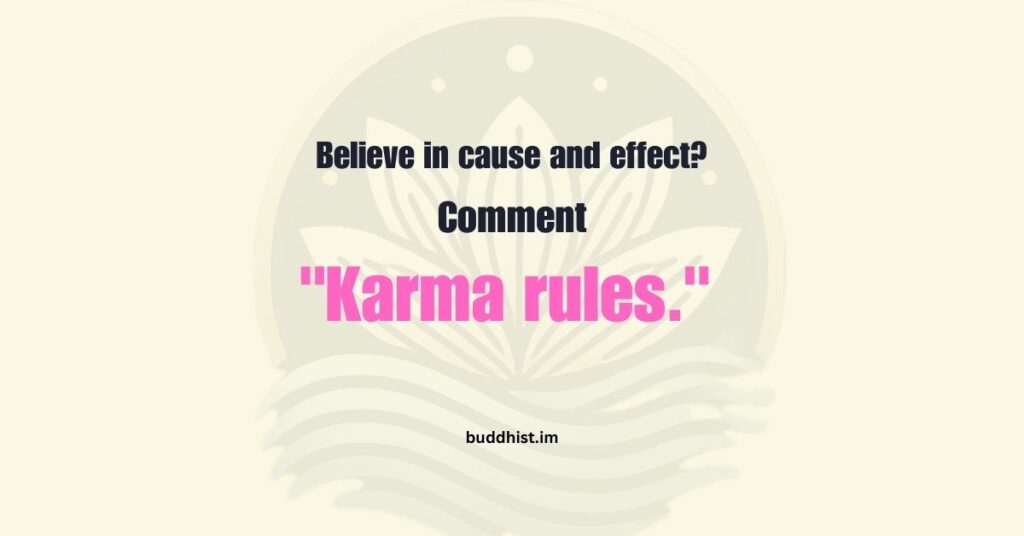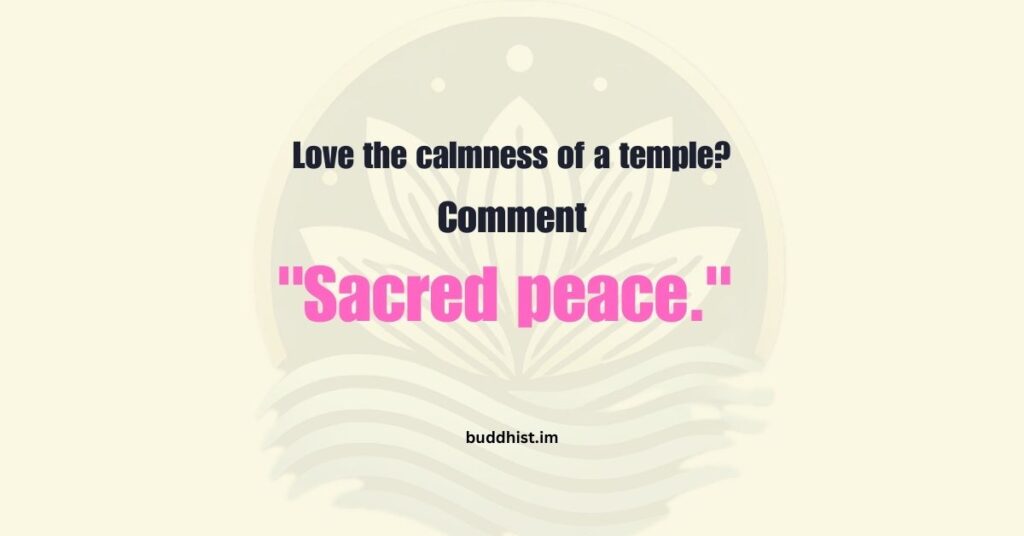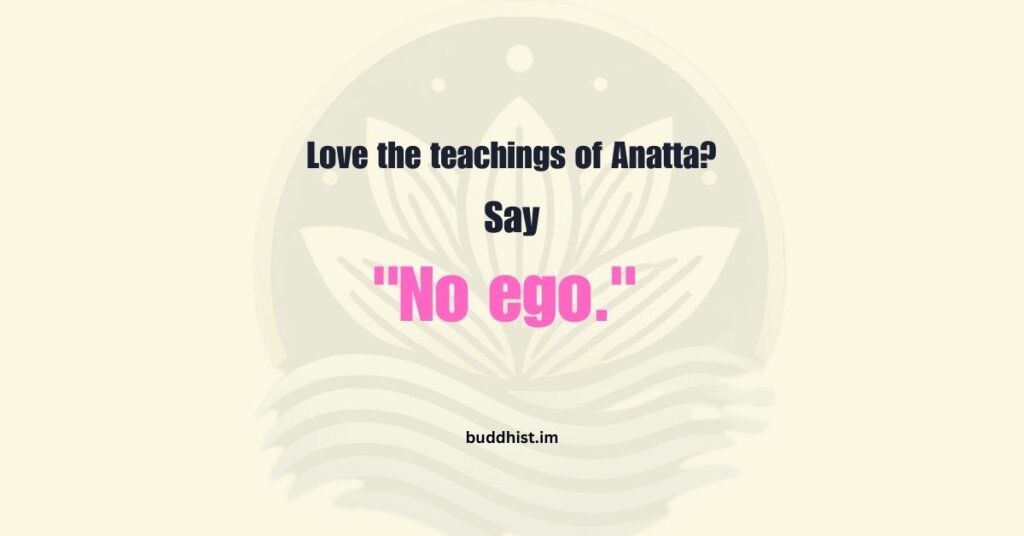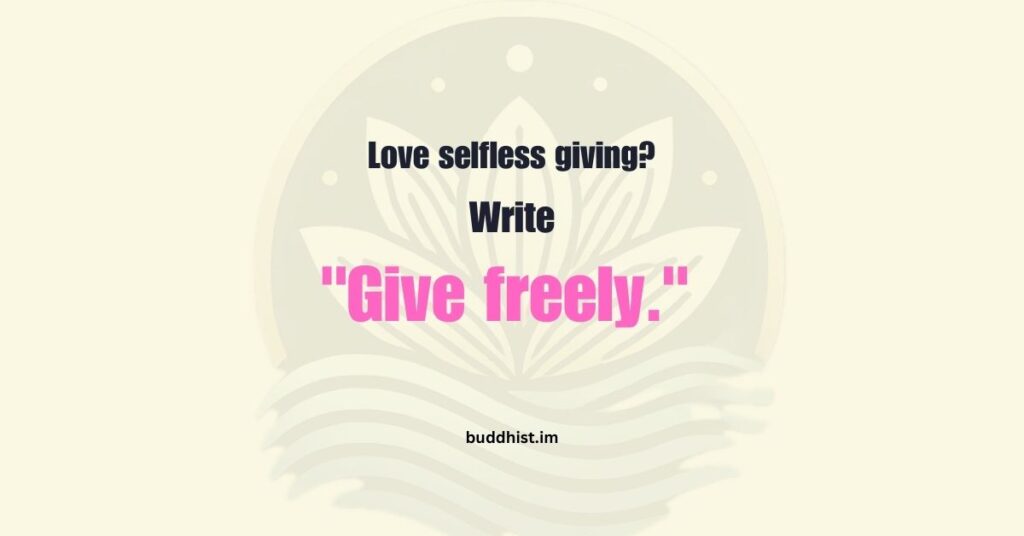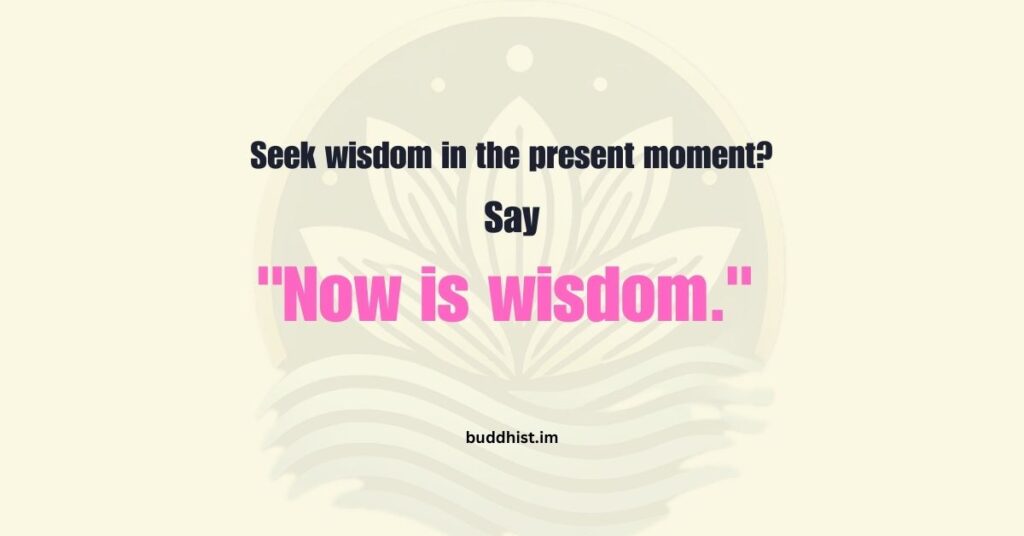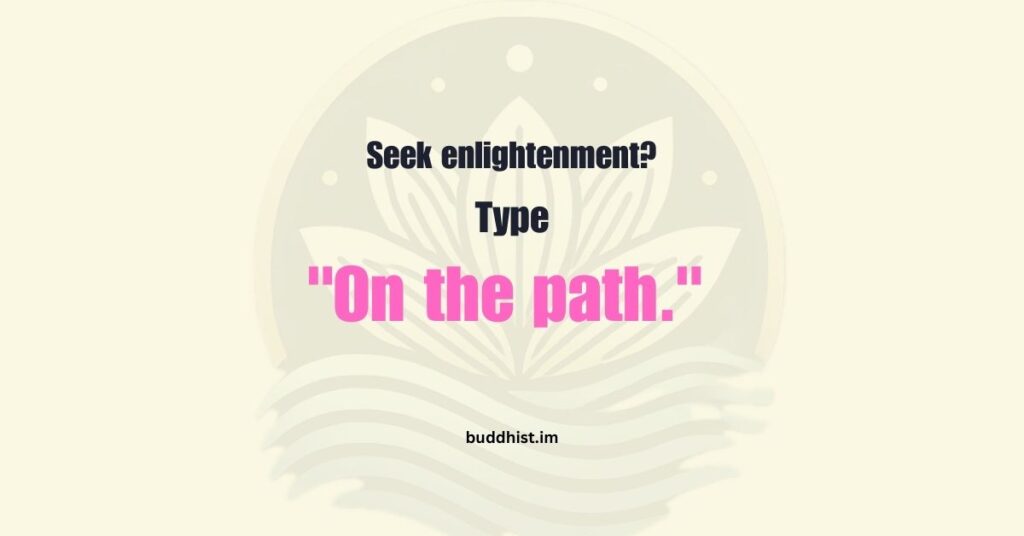Hello, happy couples and lovebirds! Let’s get real for a moment. Have you ever had one of those days where your partner sighs, but when you ask them, “What’s wrong?” they say, “Nothing”? Or maybe they’re giving you a look that screams, “I’m upset,” but you just can’t figure out why? Spoiler alert: that’s a nonverbal cue, and ignoring it might be quietly sabotaging your relationship.
Don’t worry; we’re here to help you tune in to these subtle signals and build a more connected, harmonious relationship, the kind that makes even your Buddhist monk friends go, “Wow, that’s some serious Zen-level love!” Let’s dive into the wisdom of nonverbal communication, with a splash of Buddhism and a hearty dose of modern-day fun.
Why Nonverbal Cues Matter
Relationships are built on communication, right? But here’s the kicker: up to 93% of communication is nonverbal (yep, we’re talking facial expressions, tone, gestures, and even that dramatic silence during dinner).
In Buddhism, mindfulness teaches us to be fully present, not just with what’s said but also with what’s unsaid. Ignoring your partner’s nonverbal cues is like trying to meditate in the middle of a rock concert: it’s chaotic, distracting, and you’re bound to miss the good stuff.
Common Nonverbal Cues You’re Probably Missing
- The “I Need Comfort” Sigh:
- It’s not just air leaving their lungs; it’s their soul whispering, “I need some love here.” Offer a hug, a kind word, or simply ask, “Do you want to talk?”
- The “Silent Treatment” Smile:
- Sometimes, a forced smile hides frustration. If their grin feels as tight as your pants after Thanksgiving dinner, gently ask if there’s something on their mind.
- **The “Happy Dance”:
- When your partner’s eyes light up and their movements get bouncy, celebrate with them! Maybe they aced a project or found the last slice of cheesecake in the fridge.
How to Tune In Without Overthinking
Buddhism teaches the middle path: no extremes, just balance. So don’t obsess over every eyebrow twitch. Instead, try these practical steps:
- Be Present:
- Put down your phone (yes, even TikTok) and focus. Your partner’s nonverbal cues are much easier to spot when you’re not distracted.
- Match Their Energy:
- If they’re slouched and quiet, it’s probably not the time to suggest karaoke night. Tune in and adjust your vibe to meet theirs.
- Ask, Don’t Assume:
- Nonverbal cues can be tricky, so don’t jump to conclusions. A simple, “You seem a bit down, want to talk about it?” goes a long way.
Bringing Buddhist Wisdom Into the Mix
Now, let’s add some spiritual spice to this stew! Buddhism teaches us about compassion, mindfulness, and loving-kindness (metta), all of which are perfect tools for decoding nonverbal cues.
- Compassion Over Criticism:
- Instead of thinking, “Why are they being so moody?” try, “What might they be feeling right now?” This small shift changes everything.
- Practice Loving-Kindness:
- When your partner’s nonverbal cues shout, “I’m stressed,” respond with kindness. A cup of tea, a back rub, or a heartfelt, “I’m here for you,” works wonders.
- Mindful Observation:
- Notice their body language, tone, and expressions without judgment. Think of it as a mini-meditation on your partner’s emotional landscape.
Turning Awareness Into Action
Knowing is one thing; doing is another. Here’s how you can become a nonverbal ninja (in a peaceful, Buddhist-approved way, of course):
- Daily Check-Ins: Spend five minutes each day really looking at each other. Ask, “How are you feeling?” and mean it.
- Mirror Their Emotions: If they’re stressed, be calm and supportive. If they’re joyful, join in the fun. This creates emotional harmony.
- Celebrate Small Wins: Notice when your partner’s nonverbal cues show happiness, and cheer them on! Joy multiplies when shared.
The Buddhist Power of Forgiveness
Sometimes, you’ll miss a cue or misinterpret it. It happens! Don’t let these moments fester. Buddhism reminds us to practice forgiveness, both for your partner and yourself.
A lighthearted, “Oops, I totally missed that you were upset, my bad!” can diffuse tension and pave the way for better communication.
Wrap-Up: Your Zen Love Journey
Mastering nonverbal cues takes time, but it’s so worth it. By staying present, practicing compassion, and adding a dash of mindfulness, you’ll build a relationship that feels like a Buddhist retreat: peaceful, joyful, and deeply connected.
So next time your partner raises an eyebrow or gives you the silent treatment, don’t shrug it off. Tune in, respond with love, and watch your relationship bloom. Namaste, lovebirds!
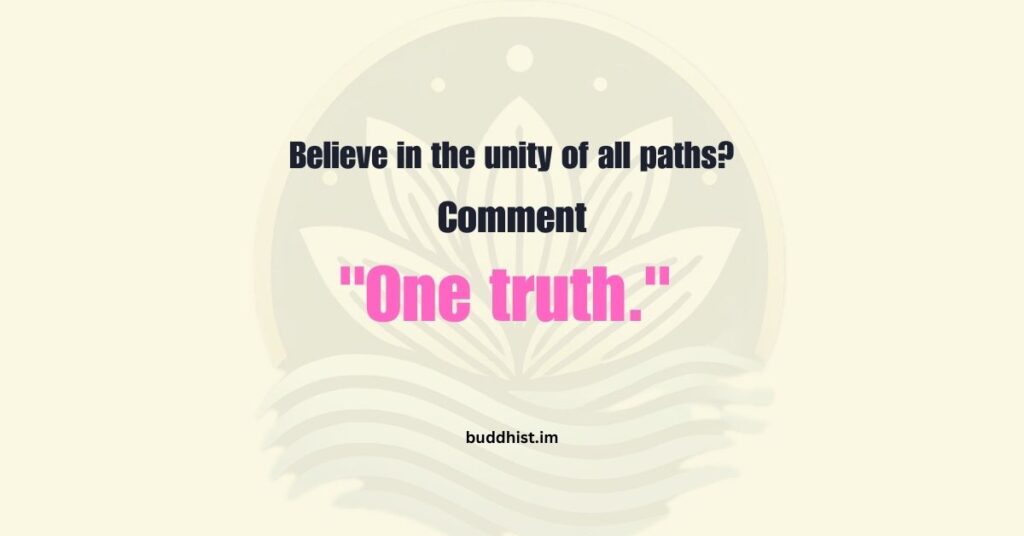
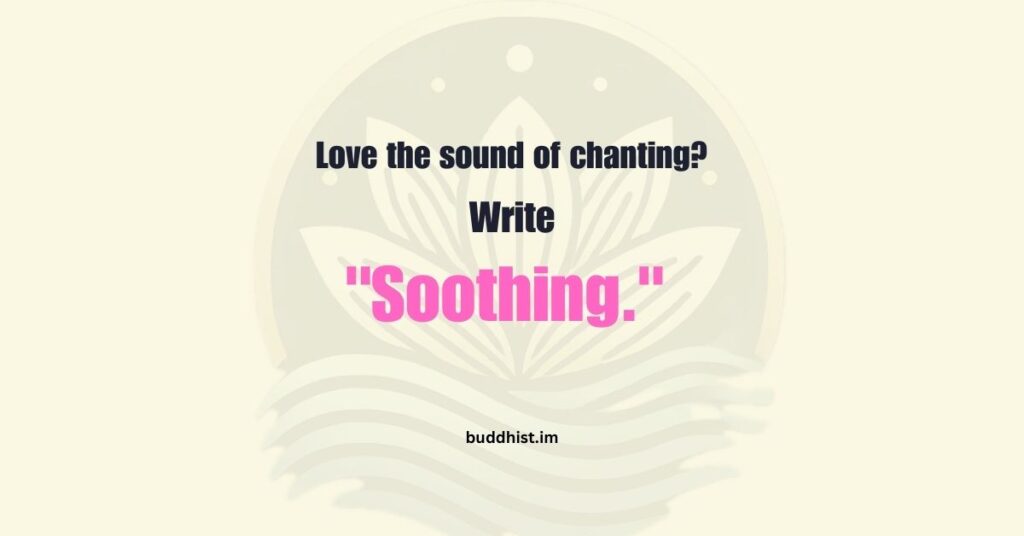
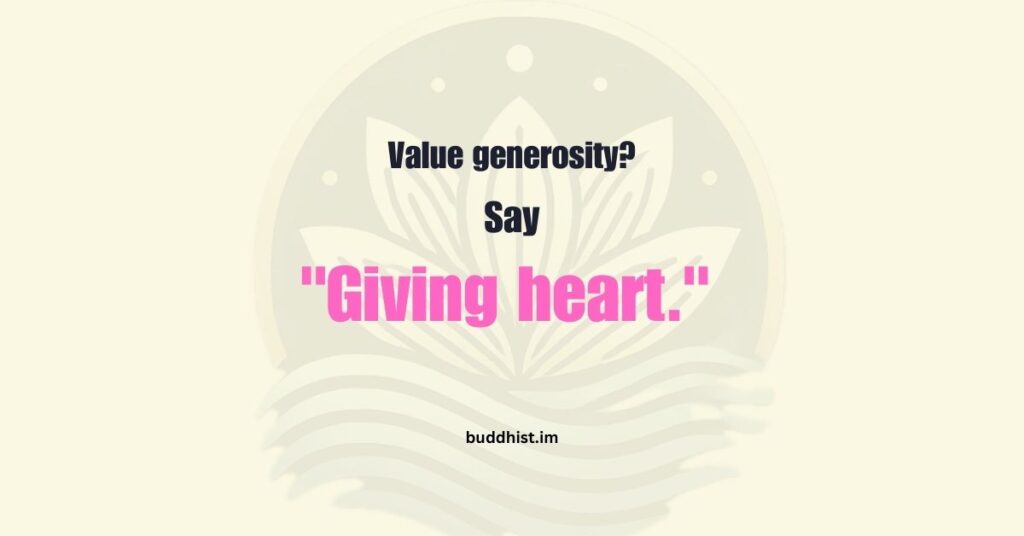
![Stop Losing Yourself in Marriage, [Here’s the Fix]](https://buddhist.im/wp-content/uploads/2025/01/Stop-Losing-Yourself-in-Marriage—Heres-the-Fix-1024x536.jpg)
![Stop Over-Explaining [Here’s What to Do Instead]](https://buddhist.im/wp-content/uploads/2025/01/Stop-Over-Explaining-Heres-What-to-Do-Instead-1024x536.jpg)

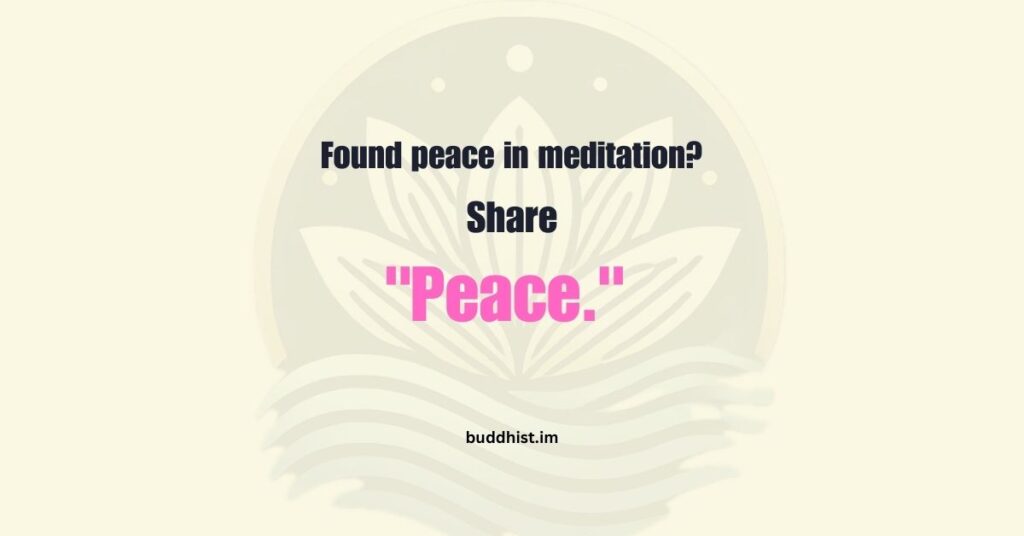
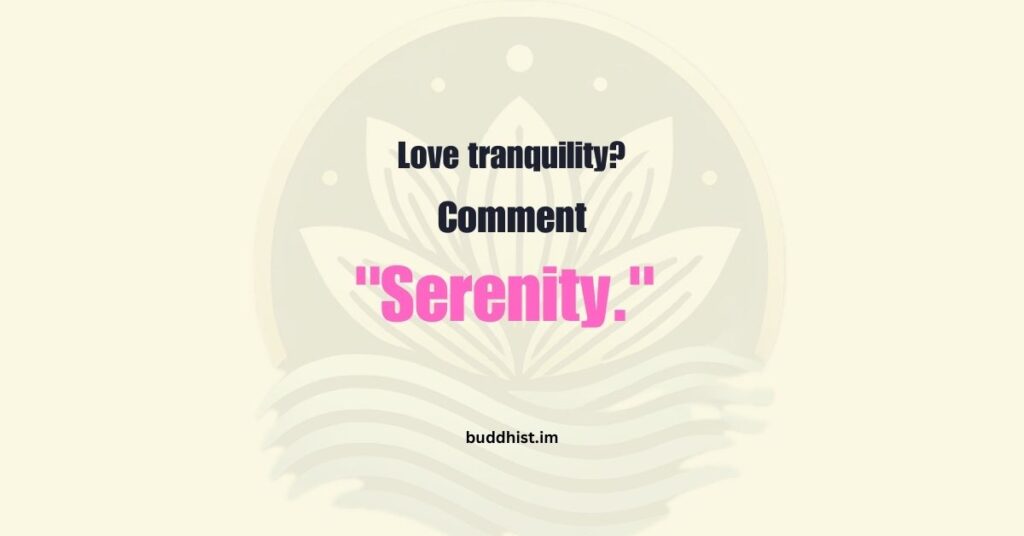


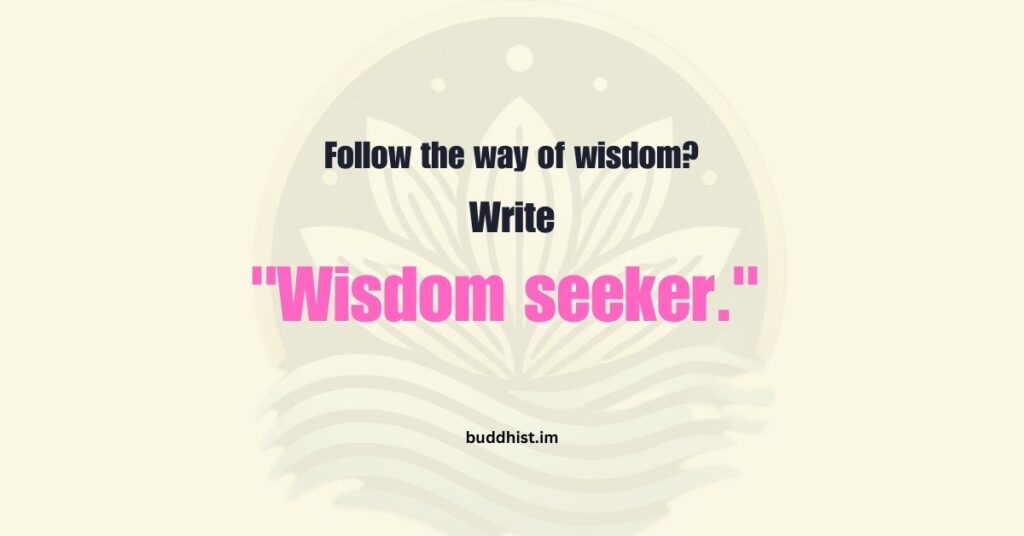
![[Trust Thrives on THIS] And It’s Easier Than You Think!](https://buddhist.im/wp-content/uploads/2025/01/Trust-Thrives-on-THIS—And-Its-Easier-Than-You-Think-1024x536.jpg)
